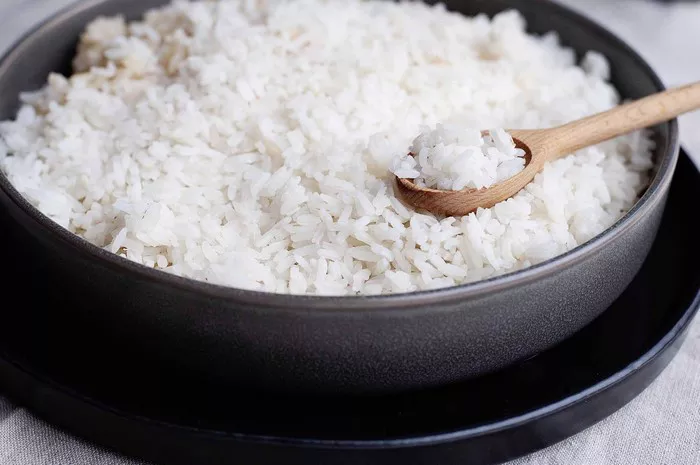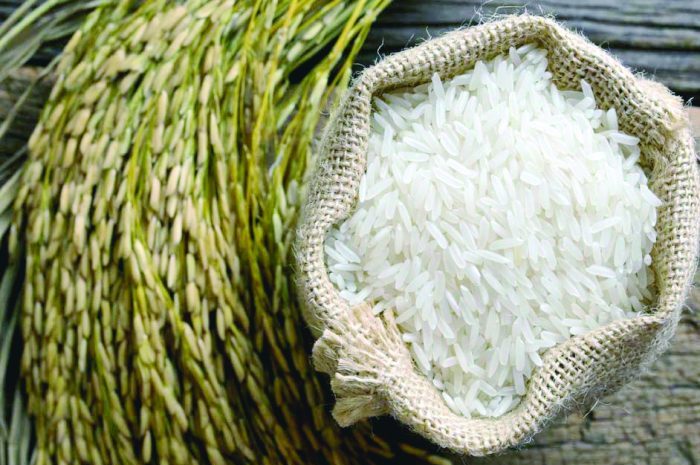Diabetes is a chronic condition characterized by elevated blood sugar levels, resulting from either insufficient insulin production or the body’s inability to effectively use insulin. Diet plays a crucial role in managing diabetes, as certain foods can directly impact blood sugar levels. Understanding the nutritional composition of foods like rice is essential for individuals with diabetes to make informed dietary choices.
Nutritional Profile of Rice
Rice is a staple food consumed by millions worldwide. It is rich in carbohydrates, the macronutrient primarily responsible for raising blood sugar levels. Additionally, rice contains varying amounts of fiber, vitamins, and minerals, depending on the type and processing method.
Impact of Rice on Blood Sugar Levels
Consuming rice can lead to a rapid increase in blood sugar levels, especially in individuals with diabetes. Factors such as the type of rice (white vs. brown), portion sizes, and cooking methods influence its impact on blood sugar. White rice, which undergoes extensive processing, has a higher glycemic index (GI) and can cause sharp spikes in blood sugar levels compared to brown rice, which retains more fiber and nutrients.
Glycemic Index of Rice
The glycemic index (GI) is a measure of how quickly carbohydrates in food raise blood sugar levels. Foods with a high GI value cause rapid spikes in blood sugar, while those with a low GI value lead to slower, more gradual increases. Brown rice typically has a lower GI compared to white rice, making it a preferable option for individuals with diabetes.
Portion Control and Frequency
Portion control is key when incorporating rice into a diabetic meal plan. Monitoring portion sizes and limiting the frequency of rice consumption can help prevent blood sugar spikes. Pairing rice with protein-rich foods and non-starchy vegetables can further help stabilize blood sugar levels.
Alternatives to White Rice
Individuals with diabetes can explore alternatives to white rice that have a lower impact on blood sugar levels. Options such as brown rice, wild rice, quinoa, barley, or cauliflower rice provide additional nutrients and fiber while minimizing blood sugar fluctuations.
Cooking Methods
Choosing healthier cooking methods can also influence the impact of rice on blood sugar levels. Steaming, boiling, or using a rice cooker are preferable options as they preserve the nutritional integrity of rice and minimize added fats and oils.
Considerations for Different Types of Diabetes
The dietary considerations for rice consumption may vary depending on the type of diabetes. For example, individuals with type 1 diabetes who rely on insulin may need to adjust their insulin doses based on their carbohydrate intake, while those with type 2 diabetes may benefit from incorporating more whole grains and fiber-rich foods into their diet.
Consultation with Healthcare Providers
It is essential for individuals with diabetes to consult with healthcare providers, such as registered dietitians or diabetes educators, for personalized dietary advice. These professionals can help individuals create customized meal plans tailored to their specific health needs, preferences, and goals.
Conclusion
Incorporating rice into a diabetic meal plan requires careful consideration of portion sizes, type of rice, cooking methods, and overall dietary patterns. By making informed choices and seeking guidance from healthcare professionals, individuals with diabetes can effectively manage their blood sugar levels while enjoying a varied and nutritious diet.
Related Topics:
Do Not Eat These Food, If You Have High Blood Sugar

























